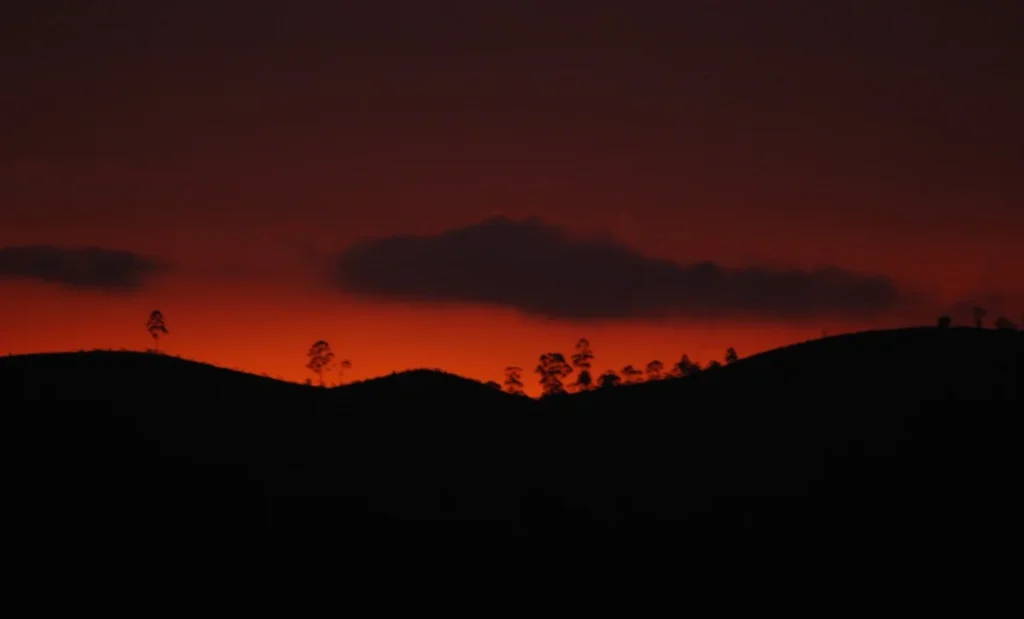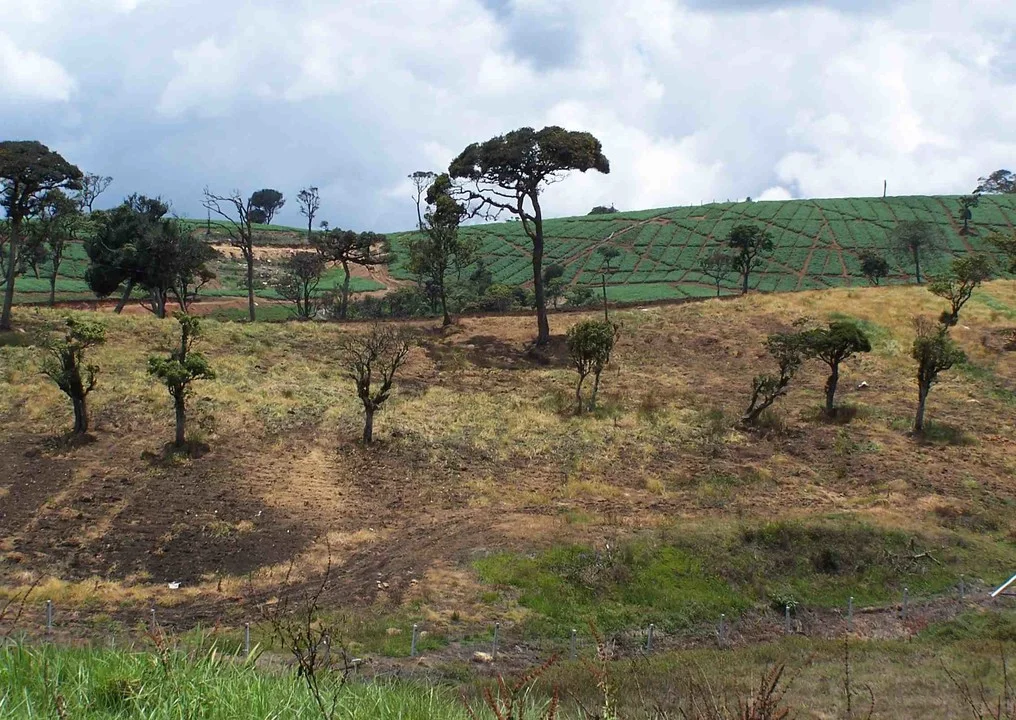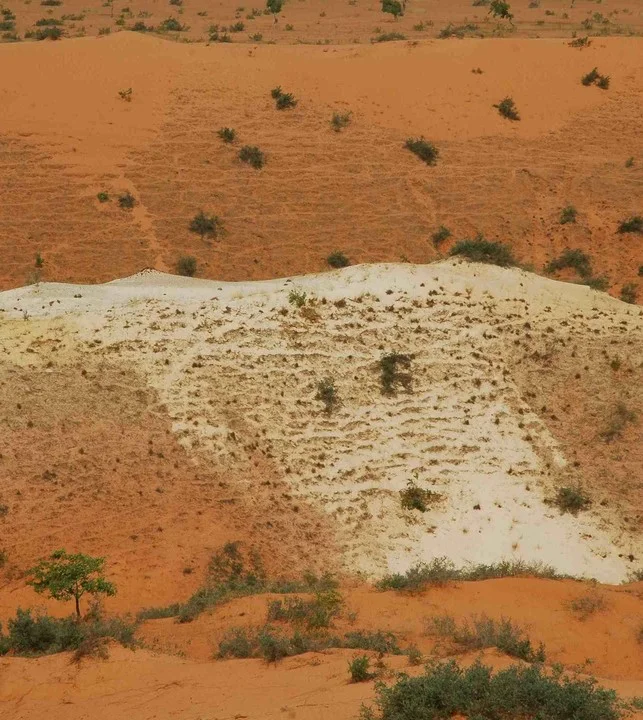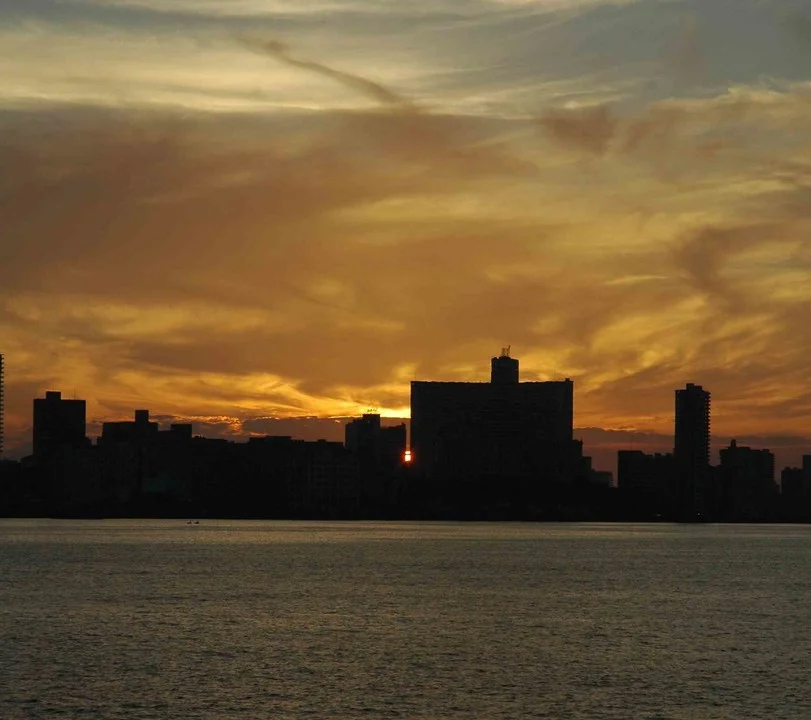Now that Sri Lanka will host a group of international; experts, policymakers, scientists, and practitioners from around the world, travelling here, to address the ‘urgent and critical issues related to climate change’ (2-3 November 2023), It is time to repeat again the Sri Lanka Position Paper to the UN Conference for Climate Change (COP21) Paris 1-10 December 2015. It made three requests, which have been ignored by the Climate Change bureaucracy for the last eight years. The international platform being hosted in Colombo under the Presidential Secretariat, can most certainly address these issues, to act on what is already well known, to examine what the country needs in order to adapt to the oncoming changes and hopefully to pay attention to what has been stated over and over in the media for years.
1. We are aware of the great difference in carbon dioxide that is emitted from biological sources and carbon dioxide emitted from fossil sources. One has sequestered rates measured in thousands of years while the other in millions of years. Yet the cost is still the same. We would request the IPCC to address the relative costs of each.
Carbon (C), the fourth most abundant element in the Universe, after hydrogen (H), helium (He), and oxygen (O), is the building block of life. It’s the basic element that anchors all organic substances, from fossil fuels to DNA. On Earth, carbon cycles through the land, ocean, atmosphere, and the Earth’s interior in a major biogeochemical cycle (the circulation of chemical components through the biosphere from or to the lithosphere, atmosphere, and hydrosphere). The global carbon cycle can be divided into two categories: the geological/ancient, which operates over large time scales (millions of years), and the biological/modern, which operates at shorter time scales (days to thousands of years).
The fossil Carbon cycle
The operation of life has been clearly demonstrated to change the chemistry of that atmosphere to what it is today. One of the most active agents of this change were/are the oceanic plankton, photosynthetic microscopic phytoplankton that produce prodigious quantities of oxygen and biomass over time. Oxygen is released to the atmosphere and the biomass is consumed by respiring zooplankton (microscopic marine animals) within a matter of days or weeks. Only small amounts of residual carbon from these plankton settle out to the ocean bottom at any given time, but over long periods of time this process represents a significant removal of carbon from the atmosphere. This slow removal of Carbon from the primary atmosphere into the fossil reservoir, while at the same time creating an atmospheric reservoir of oxygen, had a major effect on the maintenance of biotic homeostatis.
A similar process was repeated on the land especially at Devonian times with the huge vegetation mass that covered the earth absorbing Carbon Dioxide and them being mineralized in the lithosphere into coal, effectively removing that volume of carbon from earths atmosphere. The Oxygen released by these early prodigious forests contributed greatly to the chemistry of the current atmosphere.
Life on Earth learnt how to maintain gas and material flows, optimum for the evolution of biodiversity. Carbon Dioxide, although essential to the process of life, was being introduced into the atmosphere by volcanic processes at disruptive levels, throughout geologic history. But the gas has not concentrated in the atmosphere, because it was sequestered by living things and put away out of circulation from the biosphere of living carbon. This store of carbon was fossilized and has been slowly accumulating over the last few hundred million years. Through these processes, which are still active today, Carbon that enters the Lithosphere is removed completely from the biological cycle and becomes mineralized into pools with ages of 100’s of millions of years.
The modern (biotic) Carbon cycle
The major exchange of carbon with the atmosphere results from photosynthesis and respiration. During the daytime in the growing season, leaves absorb sunlight and take up carbon dioxide from the atmosphere. In the oceans the planktonic cycle operate a similar photosynthetic cycle. Both create biomass. In parallel, plants, animals and substrate microbes consume this carbon as organic matter, transform it in the process of respiration and finally return it as carbon dioxide to the atmosphere. When conditions are too cold or too dry, photosynthesis and respiration cease along with the movement of carbon between the atmosphere and the land surface. The amounts of carbon that move from the atmosphere through photosynthesis, respiration, and back to the atmosphere are large and produce oscillations in atmospheric pressure, water vapour and carbon dioxide concentrations.
The global impact of active photosynthetic biomass can be illustrated by the volume of water released into the atmosphere as water vapour. At a water release rate of 100:1, where over 100 molecules of water are released for each molecule of carbon dioxide absorbed by the leaf (Jones 1976). The quantity of water released annually into the atmosphere by vegetation is between 5640 – 6280 billion tons.
In the course of an year, these biological fluxes of carbon cycle over ten times the amount of carbon that is introduced to the atmosphere by fossil fuel burning. But this carbon belongs in the atmosphere. it has a very significant chemical signature in the ratio of its 13C to 12C as well as quantity of the rare unstable isotope 14C. All carbon that lacks 14C or has a lower 13C/12C ratio does not belong in the modern or biotic cycle. This fluxing movement of biotic carbon happens in cycles of a few days to thousands of years, but always maintain the same isotope ratio.
This demonstrates fossil Carbon and biotic Carbon very different and need to be valued differentially when considering the impact on the global biosphere. While the carbon balance of the planet has been greatly modified by colonial human activity, with the massive loss of the forests of the world, creating the ‘trigger’ for global warming trends; it is the post industrial burning of fossil carbon that introduced an accelerating increment of ‘new’ carbon into the atmosphere.
These facts underscore the great danger of accepting the consumption on fossil fuels as a tool for national ‘development’. Once a nation or economy has become ‘fossil addicted’, they are willing to sacrifice their own wellbeing and the well being of others to feed their addiction. This is why a clear distinction between fossil and biotic carbon and placing differential values on the two sources, can go a long way in choosing the right options for development.
2. We are aware that the optimum operating temperature of chlorophyll is at 37 deg C. In a warming world where temperatures will soar well above that, food production will be severely impacted. We would request the IPCC to address responses to this phenomenon.
Why is a heat wave so dangerous? Apart from the heat stress in human and animals, it could exceed the threshold for enzymatic activity in plants. All of agriculture depends on the good growth of plants, all plants rely on their chlorophyll (the green stuff of plants) to grow and produce. Chlorophyll is an enzyme that functions well up to an optimum of about 38 degrees, above that their performance falls. In heat waves often exceeding 40 degrees plant productivity will be impacted and yields drop following the rise in temperature. This phenomenon was seen when heat waves in the spring began to reduce farmers yields.
As an adaptive response agricultural research institutions must begin coordinating a research program to identify the genes that can confer heat tolerance crops and utilize this to reinforce the current seed production programs. Another response would be to Implement watershed design to control ambient temperatures through transportive cooling. It has been shown that trees placed strategically on a landscape can help to reduce the ambient temperature by 3 degrees or more. This can make the difference between crop or no crop for farming communities.
3. We are aware that the critical Ecosystem services such as; production of Oxygen, sequestering of Carbon, water cycling and ambient cooling is carried out by the photosynthetic component of biomass. This is being lost at an exponential rate, due to the fact that these Ecosystem Services have not been valued, nor economically recognized. We would request the Intergovernmental Panel on Climate Change ( IPCC) to examine the value of photosynthetic biomass.
Photosynthetic biomass performs the act of primary production, the initial step in the manifestation of life. Biomass so termed, has the ability to increase in mass through the absorption of solar radiation while releasing oxygen and water vapor into the atmosphere, as in the leaves of plants. Respiring biomass is that component of living biomass that uses the output of primary production to make the complicated biological patterns of life; it consumes oxygen to power its functions, and does not have photosynthetic functions itself. This distinction is fundamentally important when assessing the value of the biomass that is being addressed. On land, it is the leaves of plants that have photosynthetic biomass. They drive carbon sequestration, carbohydrate production, oxygen generation and water transformation, i.e. all actions essential for the sustainability of the life support system of the planet. Yet currently, it is only the downstream product of photosynthetic biomass, usually represented by wood/timber that has been recognized as having commercial value in the carbon market for sequestering Carbon. The photosynthetic biomass for terrestrial ecosystems is largely composed of the leaves of terrestrial vegetation.
The sheer power of operation of the terrestrial photosynthetic system is seen when the volume of water released from leaves is considered, at a water release rate of 100:1, where over 100 molecules of water are released for each molecule of carbon dioxide absorbed by the leaf . The quantity of water released annually by forests and grasslands are like aerial rivers cycling about 6250 billion tons of water into the atmosphere per annum. This quantity of evaporative water not only greatly influences local cooling events, but also contributes to the distribution of heat in the atmosphere and the creation of clouds. One of the most significant consequences of evapotranspiration by terrestrial vegetation is the cleaning effect on groundwater. Plants can grow in polluted ground water, but the water they transpire in clean and pure. This cleaning function is hardly recognized nor evaluated.
The recognition and evaluation of photosynthetic biomass must become a primary driver of the restoration processes discussed above. It can energize the restoration of biodiversity and the restoration of environmental services.
Sea level rise
Another aspect of climate change is the accelerating rise in sea levels. We have to prepare for salt intrusion into costal agricultural lands which will affect food production. Higher tides, together with the episodic intense rainfall events, will increase flooding frequencies in the lowland areas. An urgent seed breeding program will be needed to develop salt tolerant varieties of crops. As there are countries like China and Bangladesh who already possess such varieties, we should reach out to acquire material for our farmers and our breeding programs.
With sea level rise not only coastal agriculture is at risk, but also the increased risk of lowland flooding created by sudden, stochastic high precipitation events. A known feature of Climate Change. We should look to develop an architecture of raised construction to respond to flooding in flood prone areas.
When Bob Dylan sang “We don’t need a weatherman to tell us which way the wind blows” he was pointing out the fact that responding to commonsense is better than setting up universities to research on commonsense. So, here are 5 commonsense actions to address the urgent and critical issues related to climate change. Good luck with the deliberations.







